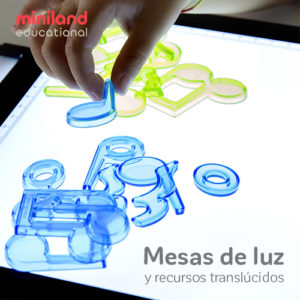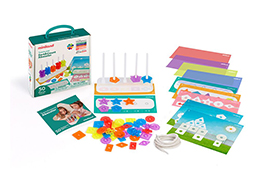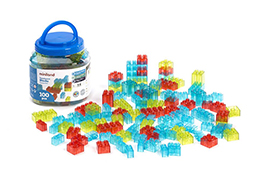It doesn’t take an expert to realize that everything has gone digital these days, and that includes the classroom. And while the internet comes with a bevy of benefits—like quick and efficient communication, easy access to a wealth of information on virtually any topic, and the ability to order education materials on-demand—it also comes with its fair share of safety concerns. And when you’re dealing with a school environment (especially a classroom with vulnerable young children), internet safety becomes even more critical.
That said, in today’s digital environment, it’s also important for teachers to lead by example and show students how to use the internet safely and responsibly.
Here are just some of the core ways teachers can ensure cyber safety in the classroom:

Just as you would in person, be respectful in an online environment.
Whether it’s because they’re braver behind a computer screen or because there aren’t always immediate consequences, internet users don’t always interact with others as maturely or kindly as they would in a face-to-face interaction. Remember the “Golden Rule!” Teach students to treat others the way they want to be treated, both online and in person, to prevent unnecessary drama or potential retaliation.
Get parents involved.
Make sure parents always know what they’re children are doing online! During an open house or a “Back to School” night, show parents some of the online tools students are using in the classroom, as well as how they work. Be sure they understand the benefits of those tools and what can happen if they’re used incorrectly. Encourage parents to talk to their students at home about online use, and reiterate those benefits and pitfalls at home. Cyber safety at home supports cyber safety in the classroom.
Talk about “digital footprints.”
There’s a reason executives and teachers are always worried about your online reputation—what goes online, stays online! Young students, especially, are inclined to share everything online; so it’s important that they fully understand what that can do for their immediate safety… and future reputation.
Use real-world scenarios to drive the message home.
Talk about everything from the dangers of social media use and emailing, to what can go wrong when researching things online, talking to people you don’t know in real-life, and more. In the scenario, use children around their age, and ask them to work together to figure out a solution. Make sure they understand why those scenarios are dangerous, and encourage students to get out of any real-life internet situation that makes them feel uncomfortable, bullied, or threatened.
That all said, kids love the digital world; so Miniland Educational created a way for teachers to incorporate it in the classroom in a fun, safe way. Play Miniland is a new model of learning that combines real-world and digital play in an innovative way. Driving home the lesson, Play Miniland also gives teachers easy access to lesson plans, activity sheets, and digital games that accompany whatever online activity they choose.


-6.jpg?width=500&name=Miniland%20Blogimage%20500x180%20(1)-6.jpg)



